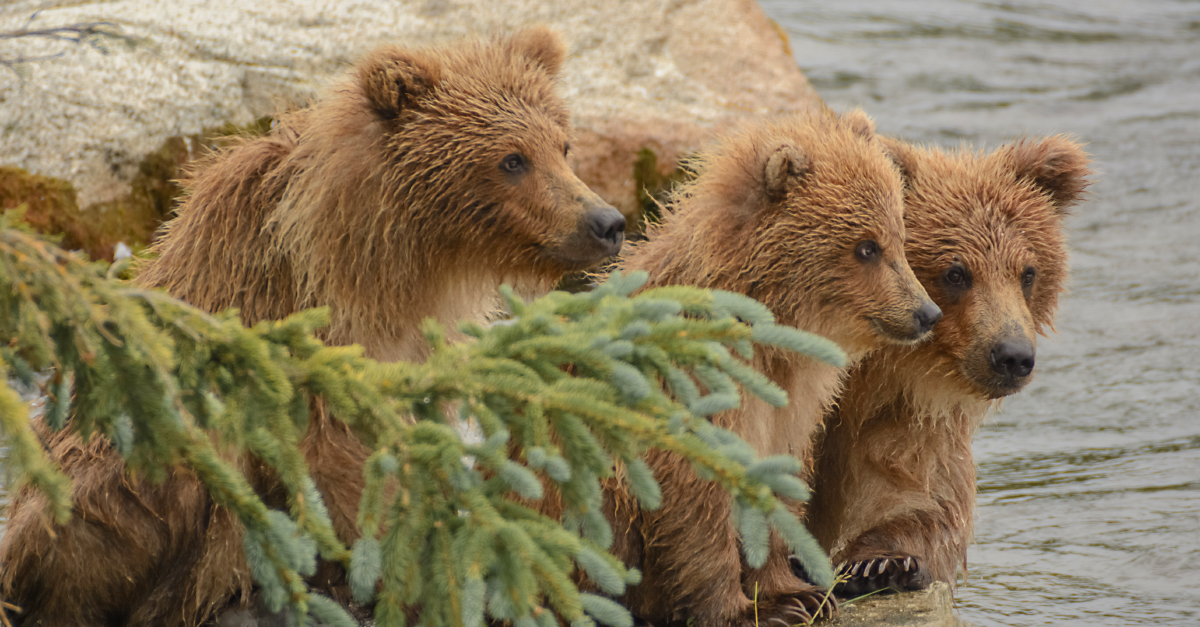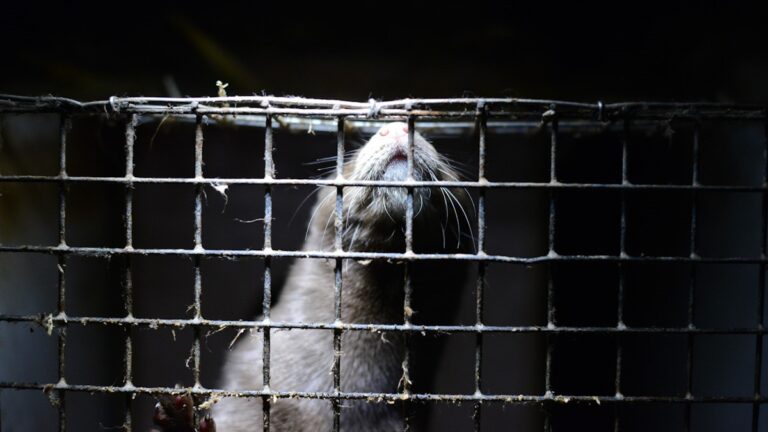
Talking about grizzly bears, the ethics of hunting, and how British Columbia (as well as other jurisdictions) should manage grizzly populations, all without introducing emotion and remaining steadfast in a need for citations isn’t easy these days. But that didn’t stop writers for The Conversation from giving it a go.
The Conversation is a fascinating concept. As per their website: “The Conversation is an independent source of news and views, from the academic and research community, delivered direct to the public. Our team of professional editors work with experts to unlock their knowledge for use by the wider public.”
An article titled "Fierce debate roars to life over grizzly bearhunt", does a reasonable job of presenting various sides of that debate, and, impressively, cites every single statement. But elements of the debate are under represented throughout, which could, in the opinion of The Fur-Bearers, colour one’s views or interpretations of the facts. Three primary issues found are below. Prior to diving into this, The Fur-Bearers would like to acknowledge the difficult mission of The Conversation, as well as the importance of both authors listing potential biases/conflicts in a sidebar. It is a positive step toward developing greater public trust in journalism.
- The value of hunting and viewing. The article states that guide outfitters said (the citation show the provincial government actually said this) that within British Columbia, all hunting of all animals by all hunters is valued at roughly $350 million per year. Further in that cited article, a provincial official states that grizzly bear trophy hunting itself is worth up to an estimated $7.55 million (if all tags are sold and all tags resulted in a kill). A study by The Centre for Responsible Travel showed that $15.1 million was spent on grizzly bear viewing in 2012, only within the Great Bear Rainforest, compared to $1.2 million spent by both resident and non-resident hunters in the same area at the same time. The Conversation article gave an inflated concept of the value of grizzly bear trophy hunting by referencing the overall figures of all hunting, and did not include the numbers of a study they cited (“TheCenter for Responsible Travelfound more revenue was generated from bear-viewing in the Great Bear Rainforest, and provided more job opportunities.”)
- Ethics and science. Clearly, the authors stayed away from emotional arguments, and focused on hard data, such as statistics and various studies. While this is commendable, policy decisions, in which the grizzly bear hunting debate is embroiled, do not happen in a vacuum. Science and ethics will both play a role in decision-making, and leaving out a much cited and repeated survey result that more than 90 per cent of British Columbians oppose grizzly bear trophy hunting, is questionable.
- The scientific review. Oh, the scientific review. The province released an edited (multiple times) scientific review they commissioned in 2016. While they heralded is as a success that the hunting of grizzly bears is sustainable in the province (as did the guide outfitters), they glossed over significant warnings and concerns throughout the report. These included the overuse (and without explanations or boundaries) of expert opinions over verifiable data for population estimates, a lack of funding that is problematic and leads to resource development driving most grizzly science conducted by the province, and a significant lack of transparency affecting all stakeholders (read our full response to the “scientific review” here).
The Conversation article is a great resource for advocates on both sides of the debate, as it provides a number of citations to good information. The unbiased conclusion is also refreshing, and it suggests that, “… now more than ever, we need consolidated action to manage grizzlies — not more argument. If we want grizzly bears to remain in our future, we need to set aside our differences and find some common ground.”
But even a great conversation can sometimes go for some extra talking points – especially when they literally have to do with life and death policy decisions.
monthly donor(for as little as $10/month – the cost of two lattes) pleaseclick hereand help us save lives today.

